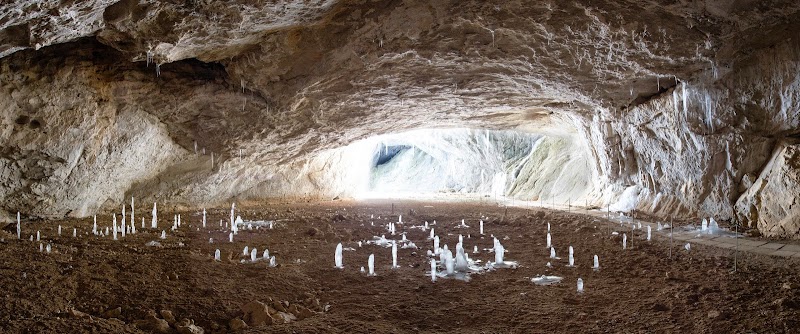
Bashkirsky State Nature Reserve Adventures
Bashkirsky State Nature Reserve protects a diverse and ecologically significant section of the Southern Ural Mountains, offering rare opportunities for forest, mountain, and river wilderness experiences in Russia.
About Bashkirsky State Nature Reserve

Established in 1930, Bashkirsky State Nature Reserve is located in the southern part of the Ural mountain range within the Republic of Bashkortostan, Russia. Covering rugged landscapes that include ancient forests, steep ridges, and fast-flowing rivers, the reserve is a crucial refuge for numerous rare species of flora and fauna, many endemic to the Urals or threatened elsewhere. The reserve features mixed and coniferous forests dominated by spruce, fir, pine, and broadleaf trees, supporting diverse wildlife such as the Eurasian lynx, brown bear, European bison, and a variety of birds including grouse and woodpeckers. The area is also geologically interesting with limestone outcrops and karst caves. Outdoor activities within the reserve are regulated to preserve its pristine environment, but controlled hiking on designated trails and wildlife observation offer valuable experiences for nature enthusiasts. Visitors are attracted by the scenic beauty of mountain peaks, crystal-clear rivers like the Nugush and the Belaya, and the preserved natural habitats providing a window into the untouched Ural ecosystem. The reserve is significant for environmental research and environmental education, with facilities dedicated to monitoring biodiversity and raising awareness about conservation. Bashkirsky Reserve is a key natural area in Russia's system of protected sites, emphasizing the importance of protecting complex mountain ecosystems under increasing pressures from development and climate change.
Highlights
The Nugush River Valley with scenic mountain river landscapes
Ancient spruce-fir forests representing old-growth Ural ecosystems
Karst limestone caves and unique geological formations
Observation points for rare wildlife including Eurasian lynx and European bison
Notable Natural Features
Southern Ural Mountains
A rugged mountain range providing varied elevation and habitat types within the reserve.
Nugush River
An unspoiled mountain river renowned for its clean water and role in sustaining local ecosystems.
Ancient Forests
Old-growth spruce and fir forests vital for biodiversity conservation and rare species protection.
